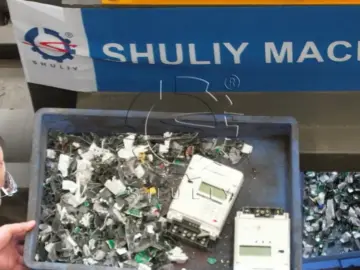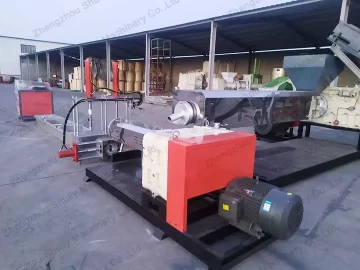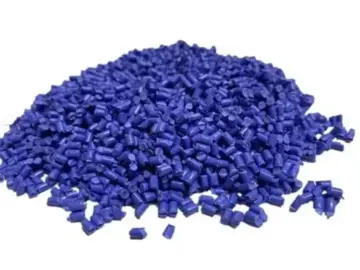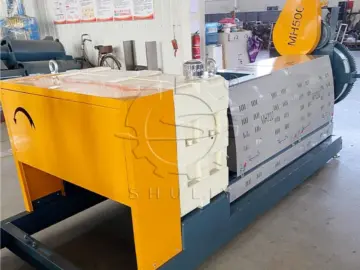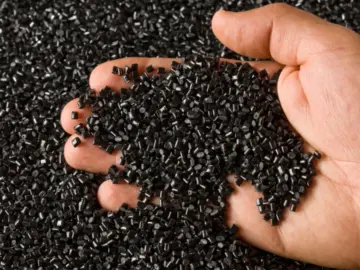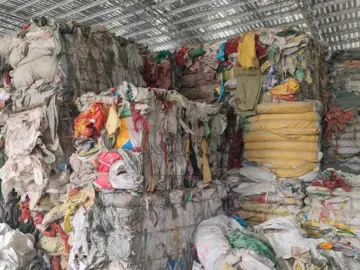Plastic recycling has evolved from an environmental mantra to a responsibility that cannot be ignored by global polyethylene (PE) producers. With increased environmental awareness, stronger global regulations and the economic benefits of recycling, PE producers are actively incorporating plastics recycling into their business strategies.
This article discusses why PE producers are actively recycling plastics from the perspective of post-industrial recycling (in-house recycling) as a profitable strategy and a global trend.
Post-industrial recycling: a profitable strategy
Post-industrial recycling means that waste materials (e.g. plastic trimmings, headstock, scrap, etc.) generated during the production process are recovered and reintroduced into the production cycle. This type of in-house recycling is not only environmentally friendly, but also economically efficient.
Polyethylene is the most commonly used plastic polymer for a wide range of applications such as plastic bags, HDPE bottles and plastic films. To save on raw material costs, polyethylene producers should start recycling in-house first.
Why is post-industrial recycling profitable?
Cost savings: By recycling the plastic waste generated during the production process, polyethylene producers can reduce their need for raw materials, thereby significantly lowering their raw material costs.
Resource optimization: Converting scrap into usable raw materials maximizes resource utilization while reducing waste.
Enhanced Sustainability: Post-industrial recycling helps companies achieve their sustainability goals, enhancing their corporate image and attracting a more environmentally conscious customer base.
Regulations and policies support plastic recycling
Governments are introducing stricter regulations to tackle plastic pollution. Polyethylene producers must comply with these regulations, but they can also gain a competitive advantage in the marketplace by actively participating in recycling.
Extended Producer Responsibility (EPR): Holds manufacturers responsible for the full life cycle of their products, including post-consumer recycling.
Recycling targets: For example, the EU requires that at least 50% of plastic packaging be recycled by 2025.
Restrictions on single-use plastics: the ban on single-use polyethylene products is forcing manufacturers to find alternatives and optimize recycling processes.
Summary
Once plastics producers began using recycling machinery in their plants, they benefited immediately. Producers can reduce costs and have better quality control when processing plastic waste, such as using additives and masterbatches on recycled pellets for future use.
Plastics producers who purchase Shuliy’s higher quality plastics recycling machines can enjoy additional benefits over purchasing a traditional recycling machine, such as reduced labor costs, improved pelletizing efficiency and minimized energy consumption.Shuliy plastics recycling machines can last for many years, making them a long-term solution for every plastics producer.

